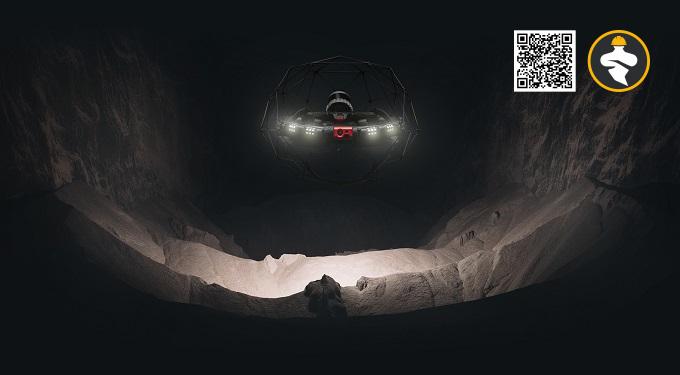The use of drones has become increasingly popular in various industries, including the delivery of radiation data in hazardous environments. In a recent video, a team of researchers demonstrated how they utilized indoor drones to safely and efficiently collect radiation data in a nuclear power plant. The drones were equipped with radiation sensors and were able to navigate through tight spaces and around obstacles to collect data in areas that would be difficult or dangerous for humans to access.
The use of indoor drones for radiation data collection has many benefits. Firstly, it increases safety for workers by reducing their exposure to hazardous environments. Radiation can be harmful to human health, and the use of drones reduces the risk of exposure. Secondly, it improves the accuracy and efficiency of data collection. Drones can collect data from hard-to-reach areas that would be difficult or impossible for humans to access. They can also collect data quickly and efficiently, reducing the time required for data collection.
As technology continues to advance, it is likely that the use of indoor drones will become even more prevalent in hazardous environments. Drones are becoming more advanced and sophisticated, with improved sensors and navigation systems. They are also becoming more affordable, making them accessible to a wider range of industries and organizations.
In addition to radiation data collection, indoor drones have many other potential applications in hazardous environments. They can be used for inspecting equipment and structures, monitoring air quality, and detecting leaks or other hazards. They can also be used for search and rescue operations in areas that are difficult or dangerous for humans to access.
Overall, the use of indoor drones for radiation data collection is a promising development in the field of hazardous environment management. It offers many benefits, including increased safety for workers and improved accuracy and efficiency of data collection. As technology continues to advance, we can expect to see even more innovative uses of indoor drones in hazardous environments.
Reference: globalspec











